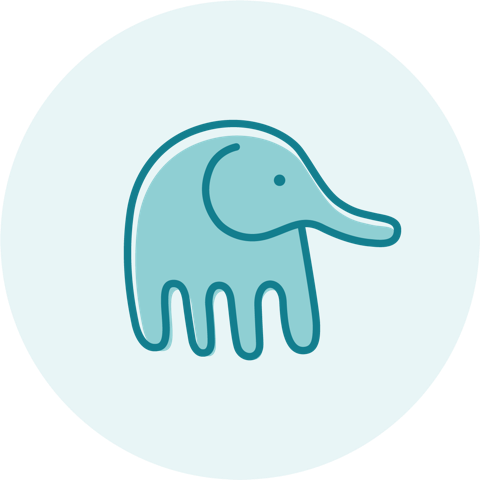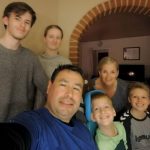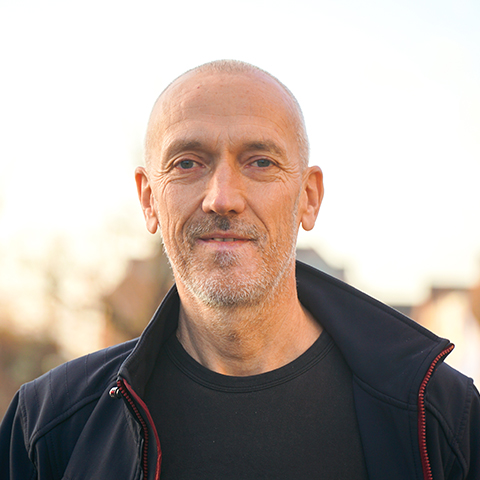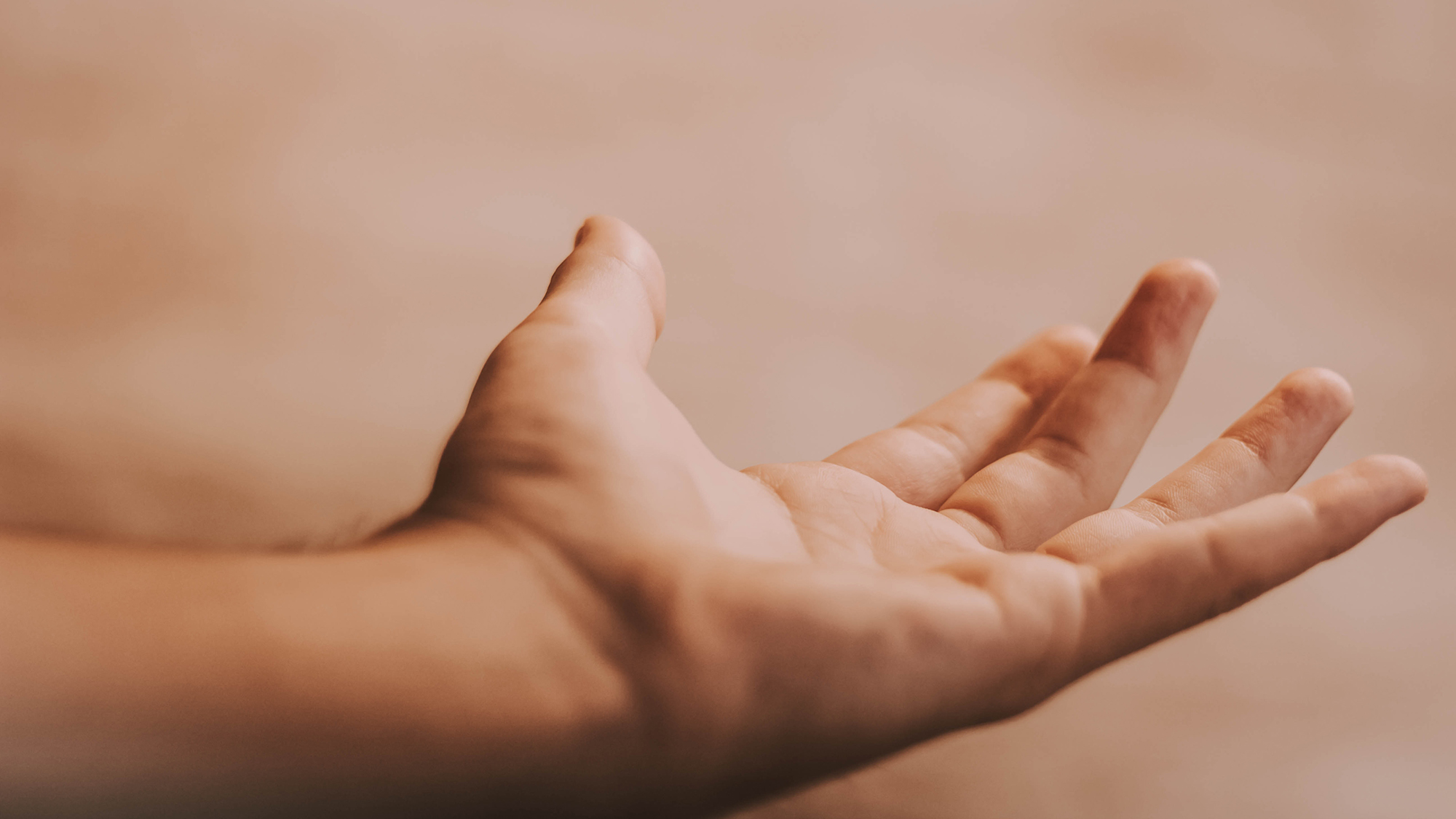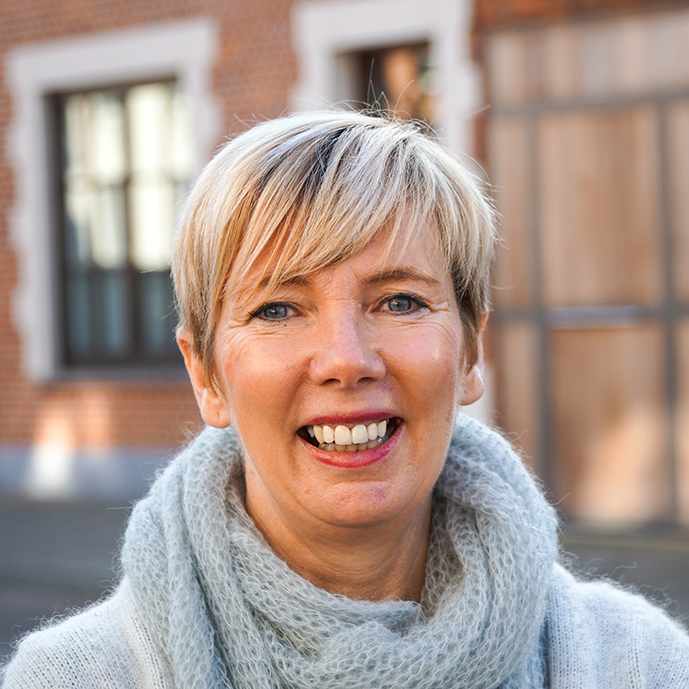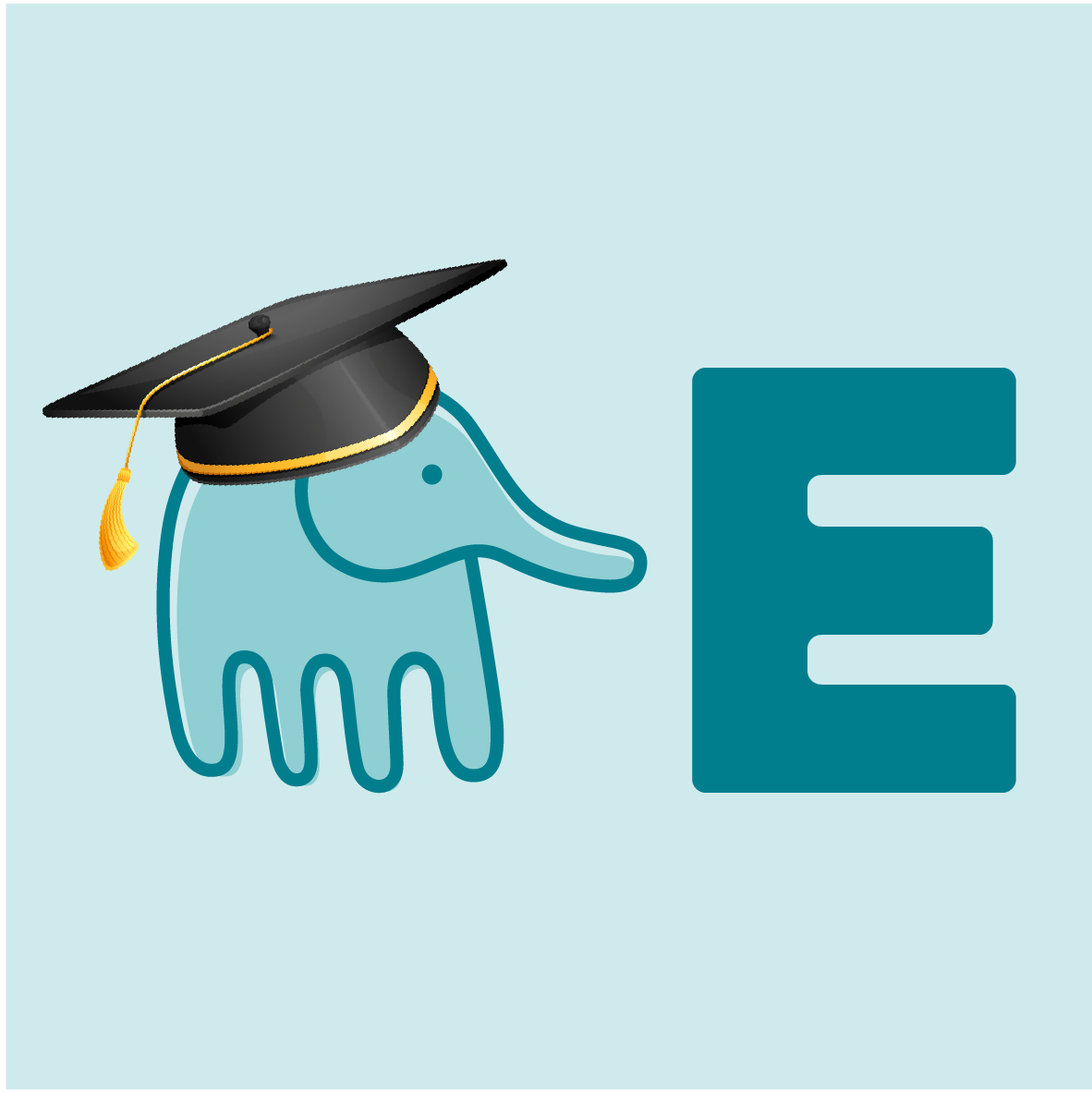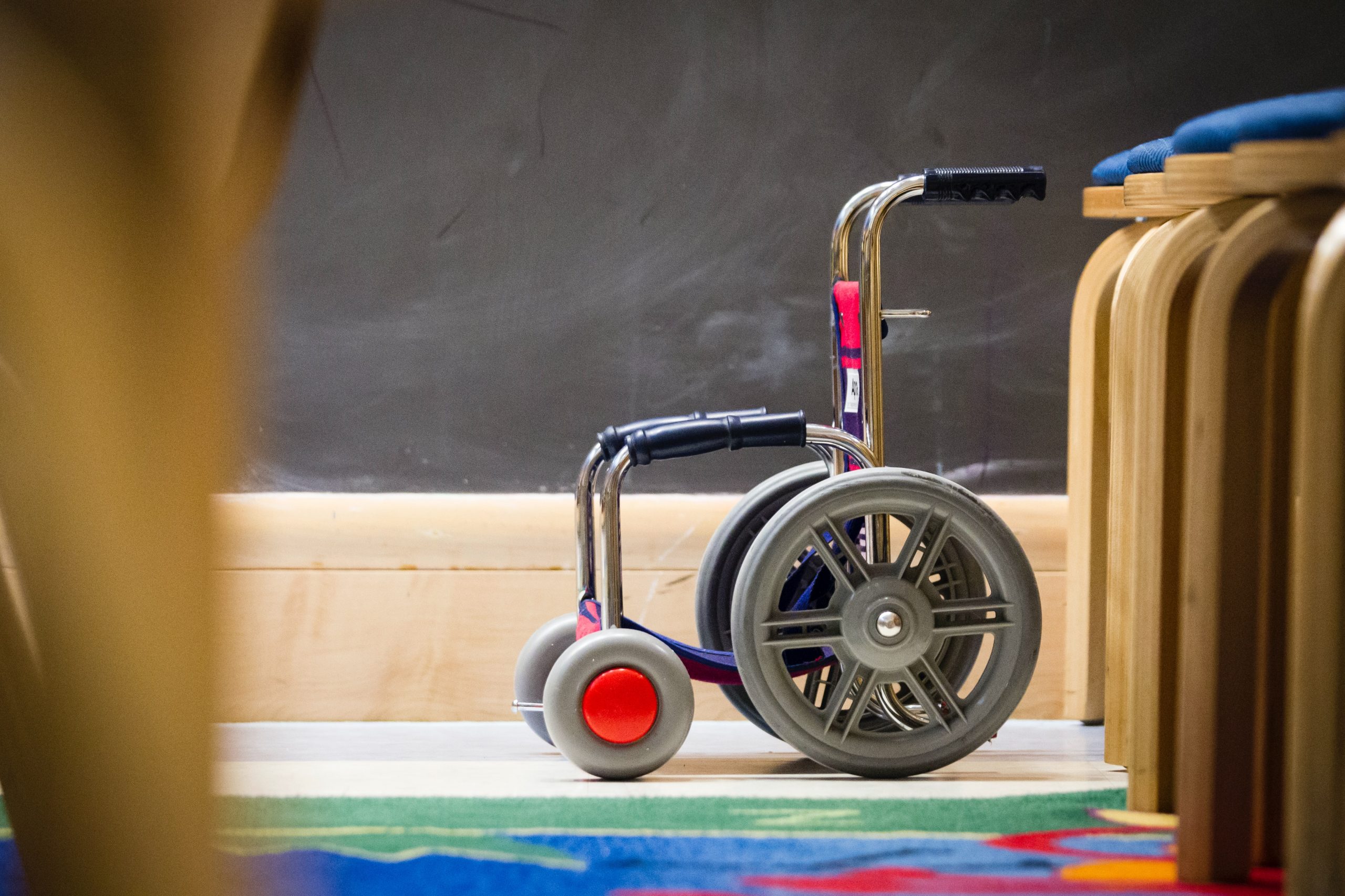
Cerebral Palsy
Cerebral Palsy
CP is used as an umbrella term. Below is an explanation and a further insight into what CP is and what causes it. We also explain how it can affect the body and the important role ABR can play to treat CP.
What is Cerebral Palsy, or CP?
Cerebral Palsy is a disorder that affects all postural and movement abilities. It is caused by damage to the brain that translates into postural and muscular issues (floppiness or rigidity of the limbs), etc.
According to the classic medical world there are 4 types of cerebral palsy:
- Spastic cerebral palsy
- Dyskinetic cerebral palsy
- Ataxic cerebral palsy
- Mixed cerebral palsy
To analyse a body with CP, ABR looks one level deeper into the structure which needs to be (re)built.
What causes cerebral palsy?
Cerebral palsy is caused by brain injury or malformation that occurs before or during birth or as a consequence of traumatic accident.
It doesn’t matter if the brain damage is caused before, during or after birth: the result is the same. The child loses a balanced tonus. The body or body parts either become floppy (hypotonia) or, on the opposite, develop excessive rigidity (hypertonia). And of course, there is an infinity of variations between those two extremes.
What effect does CP have on the body?
Above movement and posture problems, CP individuals may also be affected with related conditions such as intellectual issues, seizures, vision, hearing and/or speech impairment, spinal distortions (such as scoliosis) or joints deterioration (such as contractures).
From the ABR point of view, immediately after the tone drop, the body tries to reset. It will try first to recover the most primary vital function, which is breathing. Although the breathing efforts will be efficient to ensure survival, as the body gains in length and weight, the breathing system is not strong provide the development of the body itself. Bones, tissue, muscles, … do not receive enough oxygen… consequently some parts will develop slower than others resulting in structure, posture, scoliosis problems.
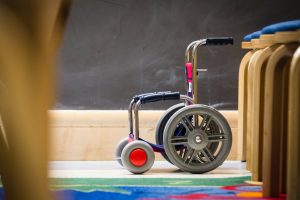
What treatments are there for CP?
There are various approaches related to cerebral palsy. Some therapies try to manage the current condition with surgeries, medications, braces, standing frames, botox, …
Other approaches are aimed at improving the condition/function of the child. They try to get the best function out of the present structure with physical, speech, occupational exercises…
ABR is a complete approach by itself. We believe that proper functions are intimately related to proper structure. That is why it is crucial and essential to build first a strong and proper structure instead of attempting to develop any function. It is illusory to think that one can develop mobility on a weak foundation.
ABR is a therapy which rebuilds first the strength and structure of the body; functions follow automatically as designed by mother nature.
ABR never forces mother nature but respects its rules. We start by improving the capacity of the breathing system which is a critical condition for any further development.
Head control, stability of the shoulder girdle, stability of the spine, opening of the pelvis, … are essential conditions needed to be built in order to respect the hierarchy of mother nature.
After 300 working hours, parents start noticing the necessary improvements while building a strong structure (volume, segmentation, strength, proper proportions …) which develop future functions.
ABR is a homebased therapy. You, parents, become the trainers of your child. Progress is in your hands.
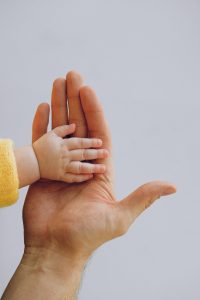
Conclusion
Cerebral palsy is a broad concept with many different causes and consequences. There is therapy available to treat CP, but sadly most of these only work to address the consequences. ABR however, aims to treat CP fundamentally. This gives us an opportunity to make a lasting difference to not just benefit the patient, but the entire family.

